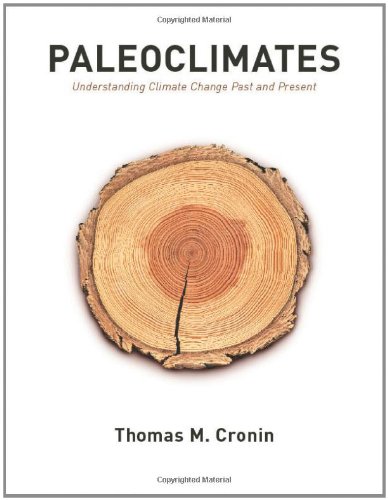

Most ebook files are in PDF format, so you can easily read them using various software such as Foxit Reader or directly on the Google Chrome browser.
Some ebook files are released by publishers in other formats such as .awz, .mobi, .epub, .fb2, etc. You may need to install specific software to read these formats on mobile/PC, such as Calibre.
Please read the tutorial at this link: https://ebookbell.com/faq
We offer FREE conversion to the popular formats you request; however, this may take some time. Therefore, right after payment, please email us, and we will try to provide the service as quickly as possible.
For some exceptional file formats or broken links (if any), please refrain from opening any disputes. Instead, email us first, and we will try to assist within a maximum of 6 hours.
EbookBell Team

0.0
0 reviewsThe field of paleoclimatology relies on physical, chemical, and biological proxies of past climate changes that have been preserved in natural archives such as glacial ice, tree rings, sediments, corals, and speleothems. Paleoclimate archives obtained through field investigations, ocean sediment coring expeditions, ice sheet coring programs, and other projects allow scientists to reconstruct climate change over much of earth's history.
When combined with computer model simulations, paleoclimatic reconstructions are used to test hypotheses about the causes of climatic change, such as greenhouse gases, solar variability, earth's orbital variations, and hydrological, oceanic, and tectonic processes. This book is a comprehensive, state-of-the art synthesis of paleoclimate research covering all geological timescales, emphasizing topics that shed light on modern trends in the earth's climate. Thomas M. Cronin discusses recent discoveries about past periods of global warmth, changes in atmospheric greenhouse gas concentrations, abrupt climate and sea-level change, natural temperature variability, and other topics directly relevant to controversies over the causes and impacts of climate change. This text is geared toward advanced undergraduate and graduate students and researchers in geology, geography, biology, glaciology, oceanography, atmospheric sciences, and climate modeling, fields that contribute to paleoclimatology. This volume can also serve as a reference for those requiring a general background on natural climate variability.